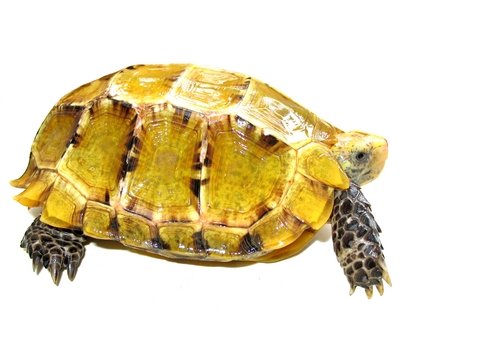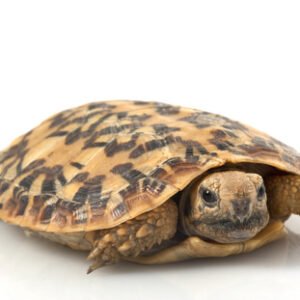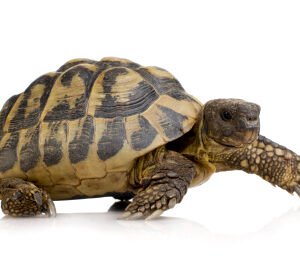Introduction to Impressed Tortoises
The impressed tortoise, scientifically known as Manouria impressa, is a unique species within the tortoise family that captures the attention of both researchers and enthusiasts alike. This fascinating reptile is classified under the family Testudinidae and is primarily distinguished by its remarkable shell patterns and colors, which set it apart from other tortoise species. Characterized by flattened, highly domed shells that exhibit intricate patterns of yellow and brown, the impressed tortoise showcases a cryptic coloration that aids in camouflage among the leaf litter of its natural habitat.
Impressed tortoises are primarily native to the tropical moist forests of Southeast Asia, with a geographic distribution that includes countries such as Myanmar, Thailand, and Malaysia. Their preference for humid, forested areas makes them well-adapted to the dense foliage and warm climate of the region. This species is particularly interesting due to its preference for a terrestrial lifestyle, often foraging for a variety of plant materials, including leaves, fruits, and flowers. The diet of impressed tortoises contributes significantly to the ecological balance, as they play a role in seed dispersal, aiding the growth and reproduction of various plant species.
In addition to their unique physical characteristics, impressed tortoises are of ecological importance. As a part of the diverse fauna of Southeast Asian forests, they contribute to the complex food web and habitat dynamics. Their presence indicates a healthy ecosystem and helps maintain biodiversity. Unfortunately, this species faces threats from habitat loss and illegal trade, which are critical issues that underline the importance of conservation efforts. By understanding the biology and habitat of the impressed tortoise, we can recognize their unique role in their ecosystems and the urgent need for their protection.
Conservation Status and Efforts
The impressed tortoise (Manouria impressa) is listed as a vulnerable species on the International Union for Conservation of Nature (IUCN) Red List. The primary threats to their survival include habitat loss caused by deforestation for agricultural and urban development, as well as poaching for the illegal pet trade and traditional medicine. This decline in their natural habitat not only reduces their living space but also fragments their populations, making it increasingly difficult for these tortoises to thrive in the wild.
In response to the alarming conservation status of the impressed tortoise, several initiatives have been launched to protect this unique species. Various wildlife organizations have implemented breeding programs aimed at increasing population numbers. These programs focus on creating sustainable breeding environments, where impressed tortoises can flourish without the threat of their natural predators. Moreover, these organizations collaborate with local communities to provide education and awareness regarding the importance of conserving this species and its natural habitat.
Legal protection has also been established in the native range of impressed tortoises, which includes parts of Southeast Asia, such as Myanmar, Thailand, and Laos. Various regulations prohibit the capture and selling of these tortoises, making it a legal requirement to ensure their conservation. Additionally, wildlife organizations frequently engage in habitat restoration projects that aim to rehabilitate areas previously degraded by human activity, thereby providing a safe haven for impressed tortoises.
Individuals play a crucial role in these conservation efforts as well. By supporting reputable wildlife organizations, participating in local conservation activities, and promoting awareness through social media platforms, the public can contribute to the protection of impressed tortoises. Small actions, such as advocating against the exotic pet trade and reducing plastic waste, can collectively lead to significant improvements in the conservation of these remarkable creatures.





